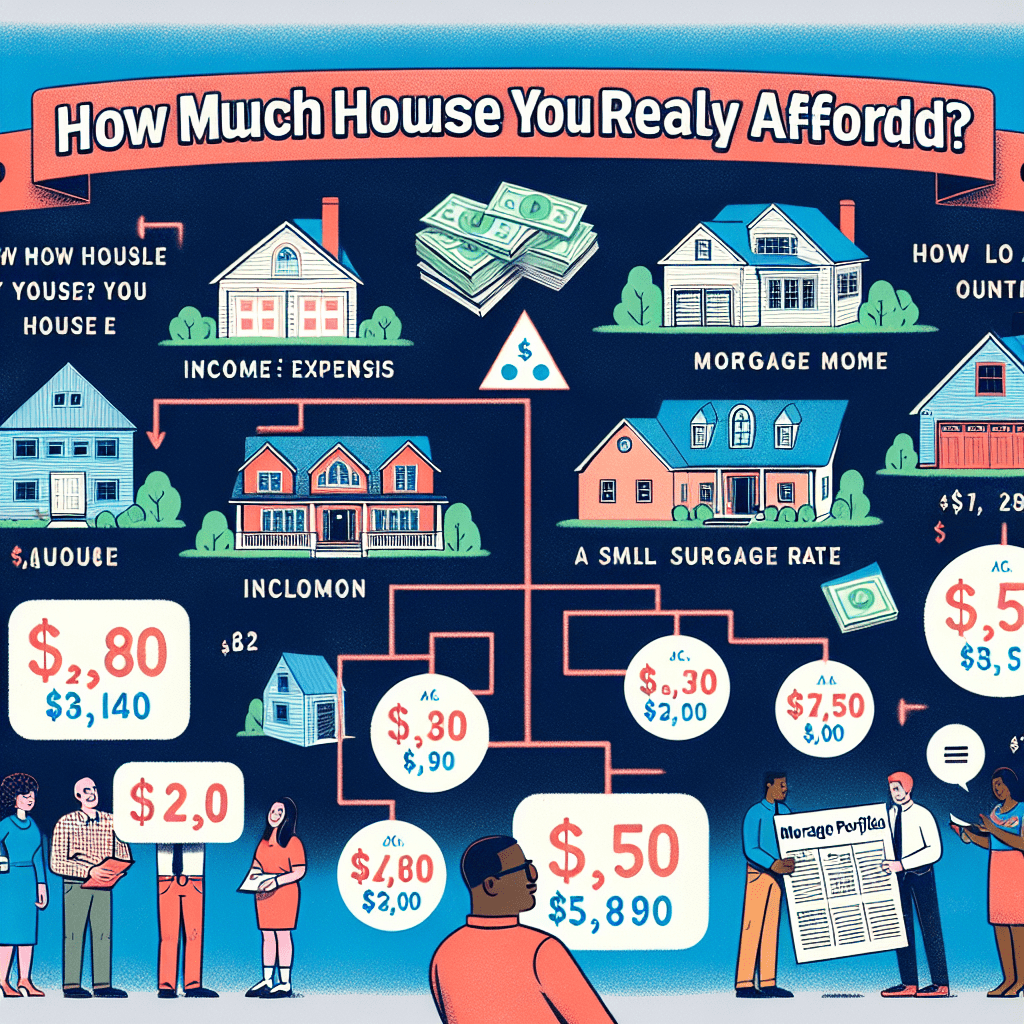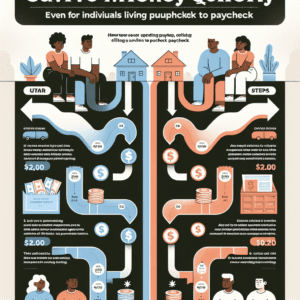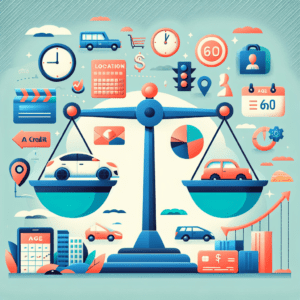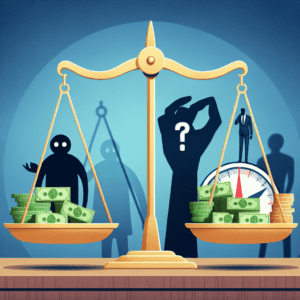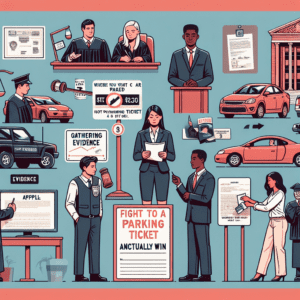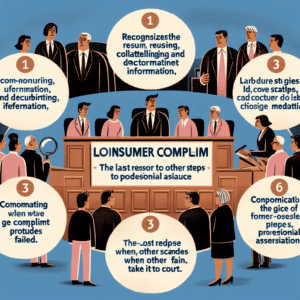“How Much House Can You Really Afford? A Smart Guide to Home Buying – Make Informed Decisions, Buy with Confidence!”
Understanding Your Budget: Key Factors in Determining Home Affordability
Determining how much house you can afford is one of the most critical steps in the home-buying process. A well-planned budget ensures financial stability and prevents future financial strain. To make an informed decision, it is essential to consider several key factors that influence home affordability, including income, debt, credit score, down payment, and ongoing homeownership costs. By carefully evaluating these elements, prospective buyers can establish a realistic budget and confidently navigate the housing market.
One of the primary factors in determining home affordability is income. Lenders assess a borrower’s gross monthly income to determine how much they can reasonably afford to spend on a mortgage. A common guideline used by financial experts is the 28/36 rule, which suggests that no more than 28% of gross monthly income should be allocated to housing expenses, while total debt obligations should not exceed 36%. This rule helps ensure that homebuyers do not overextend themselves financially. However, individual circumstances may vary, and buyers should consider their unique financial situation when setting a budget.
In addition to income, existing debt plays a crucial role in determining affordability. Lenders evaluate a borrower’s debt-to-income (DTI) ratio, which compares monthly debt payments to gross income. A high DTI ratio may limit borrowing capacity, as it indicates a higher financial burden. Reducing outstanding debt before purchasing a home can improve affordability and increase the likelihood of mortgage approval. Additionally, maintaining a low DTI ratio allows buyers to allocate more funds toward homeownership expenses without compromising financial stability.
Another important consideration is credit score, which significantly impacts mortgage eligibility and interest rates. A higher credit score typically results in more favorable loan terms, including lower interest rates and reduced monthly payments. Lenders use credit scores to assess a borrower’s creditworthiness and determine the level of risk associated with lending. To improve affordability, prospective buyers should review their credit reports, address any discrepancies, and take steps to enhance their credit standing before applying for a mortgage.
Beyond income, debt, and credit score, the size of the down payment also affects home affordability. A larger down payment reduces the loan amount, leading to lower monthly mortgage payments and potentially eliminating the need for private mortgage insurance (PMI). While a 20% down payment is often recommended, many loan programs offer options with lower down payment requirements. However, buyers should carefully evaluate the long-term financial implications of a smaller down payment, as it may result in higher overall borrowing costs.
Furthermore, homeownership involves ongoing expenses beyond the mortgage payment. Property taxes, homeowners insurance, maintenance costs, and utility bills must be factored into the budget to ensure long-term affordability. Unexpected repairs and maintenance expenses can arise, making it essential for buyers to set aside funds for emergencies. By accounting for these additional costs, homebuyers can avoid financial strain and maintain a comfortable standard of living.
Ultimately, understanding home affordability requires a comprehensive assessment of financial factors. By evaluating income, debt, credit score, down payment, and ongoing expenses, buyers can establish a realistic budget and make informed decisions. Taking a strategic approach to budgeting not only enhances financial security but also ensures a smooth and successful homeownership experience.
Hidden Costs of Homeownership: What to Consider Beyond the Mortgage
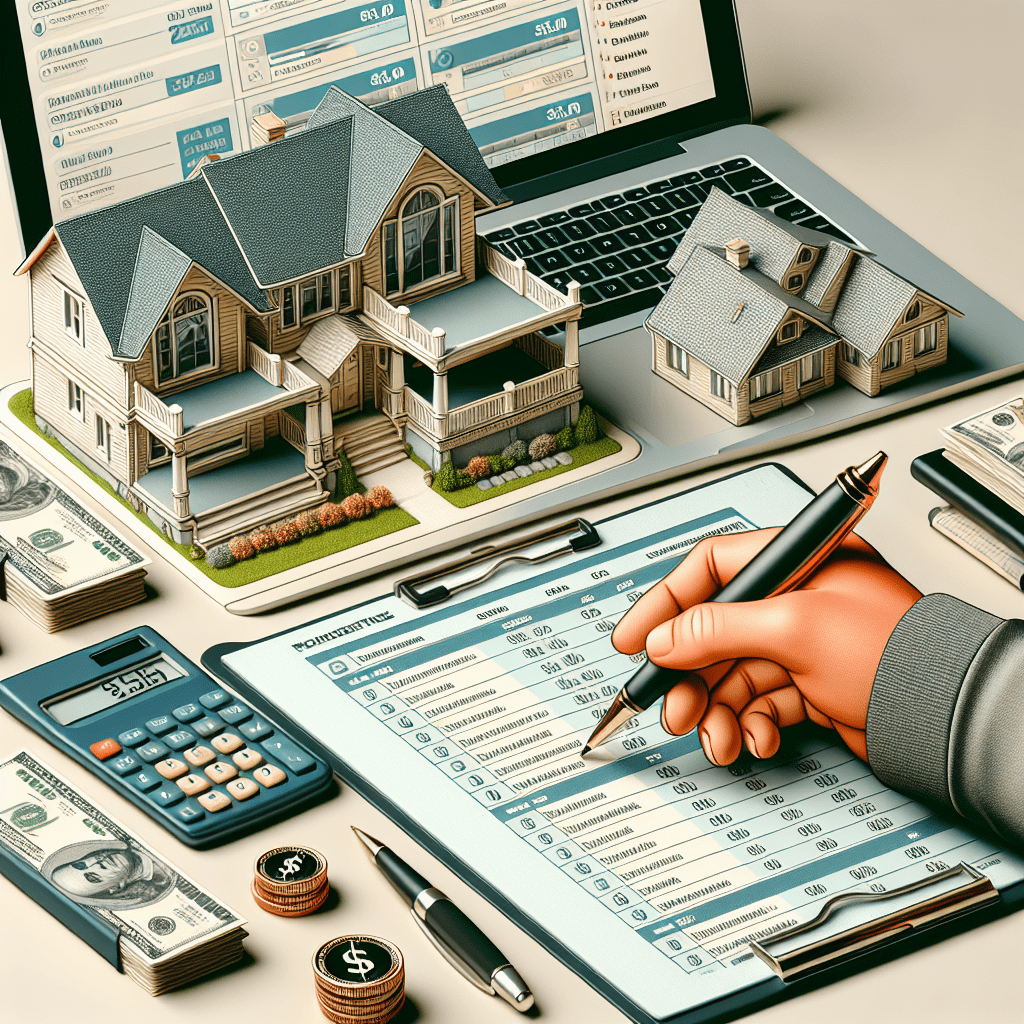
When purchasing a home, many buyers focus primarily on the mortgage payment, assuming that if they can afford the monthly principal and interest, they are financially prepared for homeownership. However, the true cost of owning a home extends far beyond the mortgage, and failing to account for these hidden expenses can lead to financial strain. Understanding these additional costs is essential for making a well-informed decision and ensuring long-term financial stability.
One of the most significant hidden costs of homeownership is property taxes. These taxes vary by location and can increase over time, particularly if property values rise. While lenders often include estimated property taxes in mortgage payments through escrow accounts, homeowners should be aware that tax rates can change, potentially leading to higher monthly costs. Researching local tax rates and assessing their potential impact on long-term affordability is a crucial step in the home-buying process.
In addition to property taxes, homeowners insurance is another necessary expense. Lenders require borrowers to carry insurance to protect against damage or loss, but the cost of coverage depends on factors such as location, home value, and risk factors like natural disasters. In some areas, additional policies for flood or earthquake coverage may be necessary, further increasing costs. Homebuyers should obtain insurance quotes before purchasing a property to ensure they can afford adequate coverage.
Beyond taxes and insurance, maintenance and repair costs are often underestimated. Unlike renters, homeowners are responsible for all upkeep, from routine maintenance to unexpected repairs. Regular expenses such as lawn care, HVAC servicing, and plumbing maintenance can add up over time. Additionally, major repairs, such as roof replacements or foundation issues, can be costly and may arise unexpectedly. Setting aside funds for ongoing maintenance and emergency repairs is essential to avoid financial hardship.
Another expense that can impact affordability is homeowners association (HOA) fees. Many communities, particularly condominiums and planned developments, require residents to pay monthly or annual dues for shared amenities and services. These fees can range from modest amounts to several hundred dollars per month, depending on the community and the level of services provided. Moreover, HOAs may impose special assessments for major repairs or improvements, further increasing costs. Prospective buyers should carefully review HOA rules and fee structures before committing to a property.
Utility costs also play a significant role in homeownership expenses. While renters may have limited utility responsibilities, homeowners must cover all costs, including electricity, water, gas, and trash collection. The size and efficiency of a home can greatly influence utility bills, making it important to estimate these expenses before purchasing. Energy-efficient upgrades, such as improved insulation or solar panels, can help reduce long-term costs, but they may require an initial investment.
Finally, homeownership often comes with additional expenses related to lifestyle and personalization. Many buyers invest in furniture, appliances, and home improvements to make their new house feel like home. While these costs may not be immediate, they can add up over time and should be factored into the overall budget.
By considering these hidden costs, prospective homeowners can make a more informed decision about how much house they can truly afford. A realistic budget that accounts for all expenses will help ensure financial security and a more enjoyable homeownership experience.
Smart Financial Strategies to Maximize Your Home Buying Power
When considering homeownership, it is essential to adopt smart financial strategies that maximize your purchasing power while ensuring long-term financial stability. A well-planned approach not only helps you afford a home that meets your needs but also prevents financial strain in the future. To achieve this, it is crucial to assess your financial situation, manage debt effectively, and take advantage of available resources that can enhance your buying potential.
One of the first steps in maximizing your home buying power is evaluating your financial health. This includes reviewing your income, savings, and existing financial obligations. Lenders typically use the debt-to-income (DTI) ratio to determine how much you can afford to borrow. A lower DTI ratio indicates that you have a manageable level of debt relative to your income, making you a more attractive borrower. To improve this ratio, consider paying down high-interest debts before applying for a mortgage. Reducing outstanding balances on credit cards and personal loans can free up more of your income for housing expenses, increasing the amount you qualify for.
In addition to managing debt, building a strong credit profile is essential. Your credit score plays a significant role in determining the interest rate on your mortgage, which directly impacts your monthly payments and overall affordability. A higher credit score can help you secure a lower interest rate, potentially saving you thousands of dollars over the life of the loan. To improve your credit score, make timely payments on all outstanding debts, avoid opening new lines of credit before applying for a mortgage, and regularly review your credit report for errors that could negatively affect your score.
Another effective strategy to enhance your home buying power is increasing your down payment. A larger down payment reduces the loan amount, which can lower monthly payments and eliminate the need for private mortgage insurance (PMI). Many lenders require PMI for loans with a down payment of less than 20%, adding an extra cost to your mortgage. By saving for a higher down payment, you not only reduce your borrowing costs but also demonstrate financial responsibility to lenders, potentially improving your loan terms.
Beyond personal financial management, exploring loan programs and assistance options can further maximize your purchasing power. Government-backed loans, such as those offered by the Federal Housing Administration (FHA) or the Department of Veterans Affairs (VA), often provide more flexible qualification requirements and lower down payment options. Additionally, many state and local programs offer grants or low-interest loans to first-time homebuyers, helping to offset upfront costs. Researching these opportunities can provide valuable financial support and make homeownership more accessible.
Furthermore, setting a realistic budget and considering all homeownership costs is essential. While the mortgage payment is a significant expense, other costs such as property taxes, homeowners insurance, maintenance, and utilities must also be factored into your budget. By accounting for these expenses, you can ensure that your home remains affordable in the long run.
Ultimately, adopting smart financial strategies allows you to maximize your home buying power while maintaining financial security. By managing debt, improving credit, increasing savings, and exploring available resources, you can position yourself for a successful and sustainable home purchase. Taking these steps not only helps you afford a home that meets your needs but also ensures that you can comfortably manage the financial responsibilities of homeownership.

